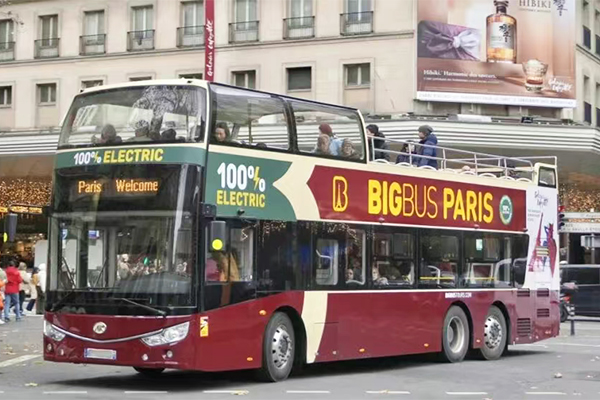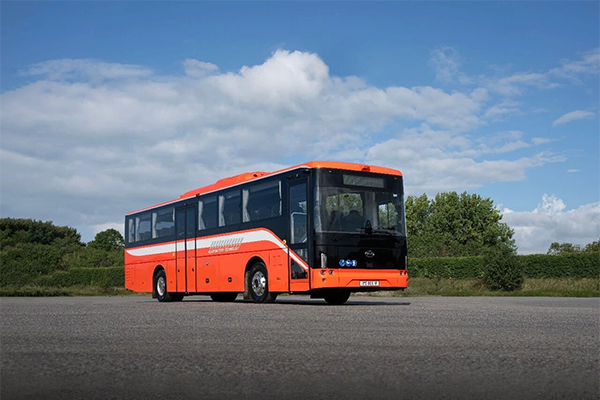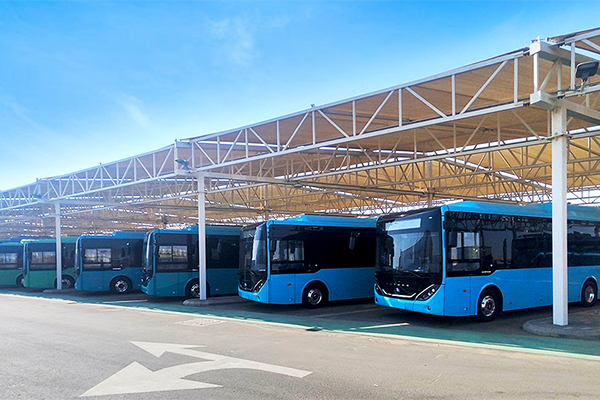Global Bus Demand to Grow 5.4pc per year through 2012
11 September 2008
Worldwide demand for buses will advance 5.4 percent annually to 437,000 vehicles in 2012 on the strength of significant increases in the price of fuel worldwide according to data compiled by the Reportlinker.com website.
Demand for buses traditionally tends to be cyclical and dependent on region-specific trends, such as demographics, income levels, relative spending levels on mass transit systems, per-capita passenger vehicle density, and others.
However, with the dramatic rise in fuel prices experienced in 2007 and 2008, the market has achieved a new footing, as commuters in even vehicle-saturated markets such as the United States increasingly choose mass transit over driving themselves.
Buses represent one of the most cost-effective methods for transporting passengers, and with ridership rising as much as 30 percent year-on-year in some bus transit systems, demand will increase as transit authorities, motor coach lines and other bus operators place orders to augment their current fleets.
Other forces that will support bus demand include rising congestion levels in major metropolitan centers worldwide, the establishment of dedicated bus rapid transit systems and "bus ways" in key cities in Latin America and the Asia/ Pacific region, and the general economic expansions taking place in emerging markets that require workers to travel further to reach jobs.
Bus travel is becoming more of a necessity for urban travelers worldwide as governments enforce limits on the use of personal vehicles (both cars and motorcycles) to reduce pollution and congestion levels.
China to remain leader in sales and production
The report suggests China is both the largest market for and producer of buses, as well as the nation most responsible for supporting the forward momentum expected for bus demand.
The country has become a regional hub for bus production, although Chinese bus manufacturers currently lack the global brand strength of leading producers in western countries.
Nonetheless, the cost advantages of Chinese buses, while shrinking, would appear to point toward an increased emphasis on exports.
The bus market in North America tends to be atypical among developed nations in a number of ways. The United States and Canada, for example, have thriving markets for specially designed school buses, which are not common in Europe or Japan.
The US also lacks the dynamic passenger train, tram and subway (metro) systems so common in Europe and Japan, making bus travel the primary mass transit option in most US cities.
Furthermore, the large distances between cities and states provides a strong stimulus for sales of motor coaches, which are purpose-designed to move passengers long distances in comfort.
For the first time in decades, high fuel prices have caused Americans to reduce their miles traveled, with many opting for bus and rail alternatives.
Despite its negative demographics, Western Europe will also see heightened demand as fuel prices rapidly increase in many countries, and more cities limit or tax car use.
Japan, on the other hand, will experience a decline in bus demand due to an aging population and the prevalence of other mass transit options such as light rail.
Source : english.chinabuses.com
Editor : Ida
Views:4436








